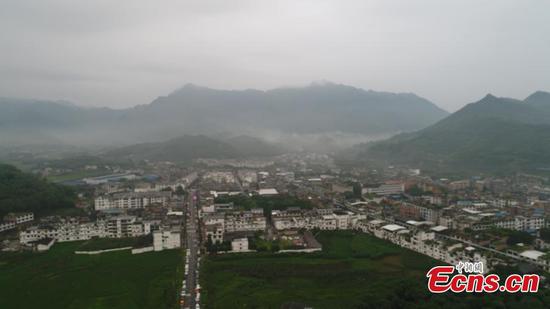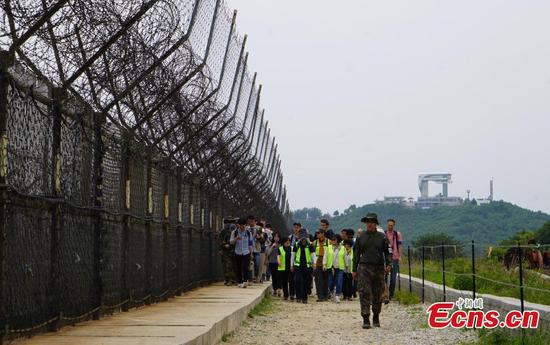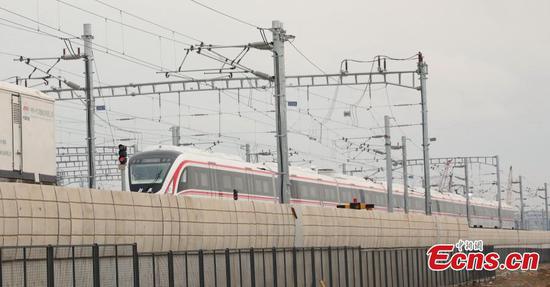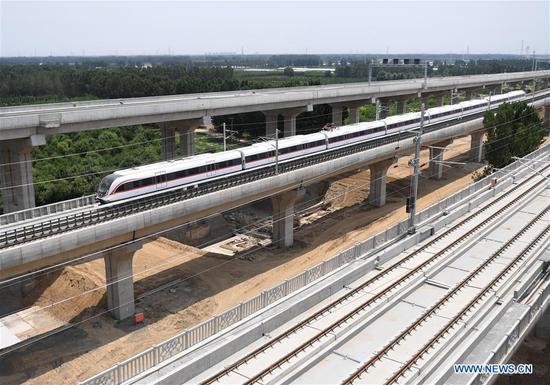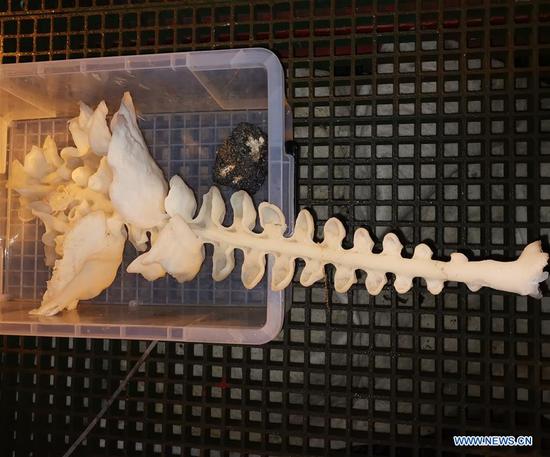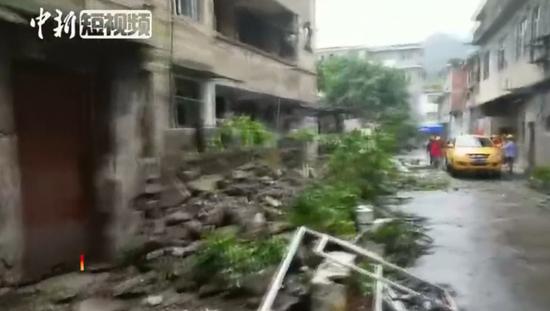As least twelve people were killed and another 135 injured after a 6.0-magnitude earthquake rattled Changning county in Yibin, Southwest China's Sichuan Province late Monday, and an early warning system proved effective to prevent heavy losses, according to local authorities and seismologists.
The epicenter, with a depth of 16 kilometers, was monitored at 28.34 degrees north latitude and 104.90 degrees east longitude, according to the China Earthquake Networks Center.
After the earthquake, the Ministry of Emergency Management activated an emergency response and sent a team to the stricken areas to provide rescue and disaster relief.
The ministry and the National Food and Strategic Reserves Administration have sent 5,000 tents, 10,000 folding beds and 20,000 quilts to the quake-hit areas.
The early warning system played an important role, media reported.
Chengdu, capital city of Sichuan, which is about 300 kilometers from Changning, received the alert 61 seconds before the seismic waves. People from 180 schools and 101 communities were evacuated after receiving the early warning, Wang Tun, head of the Institute of Care-life, a key earthquake early warning laboratory in Chengdu, told the Global Times on Tuesday.
Wang also said the system simultaneously sent a warning to government departments, communities and other places through various platforms, such as cellphones, television and other broadcasts.
Chengdu resident Tang Jiayou told the Global Times that he received the warning while watching television Monday night. "It flashed on the television screen, with a countdown saying how long it would take for the seismic waves to arrive. But it took me a few seconds to realize it, because I haven't seen this before."
The loudspeakers installed for earthquake warnings in 60 communities in Chengdu proved crucial. Many residents in the Chengdu High-tech Industrial Development Zone heard a 60-second countdown warning alert and took prompt measures, Wang said.
The similar system alerted residents in Yibin ten seconds before the quake struck, according to media reports.
Earthquake research has found that being aware of an earthquake three seconds beforehand can save 14 percent of casualties, 10 seconds can save 39 percent of casualties, and 20 seconds can save 63 percent of casualties, according to Wang.
Sichuan experiences frequent earthquakes because it is situated at the edge of a major quake-prone region where active seismicity occurs due to a collision between two tectonic plates.
After the devastating 2008 Wenchuan earthquake which claimed more than 69,000 lives, China has been dedicating itself to developing earthquake warning systems.
China in 2018 began using the world's first cloud image system based on sensory technology to release more timely and reliable earthquake warnings.
Wang's team uses a cloud image system that involves deeply-buried sensors that can detect stress and energy dynamics 8 to 20 kilometers below the surface.













